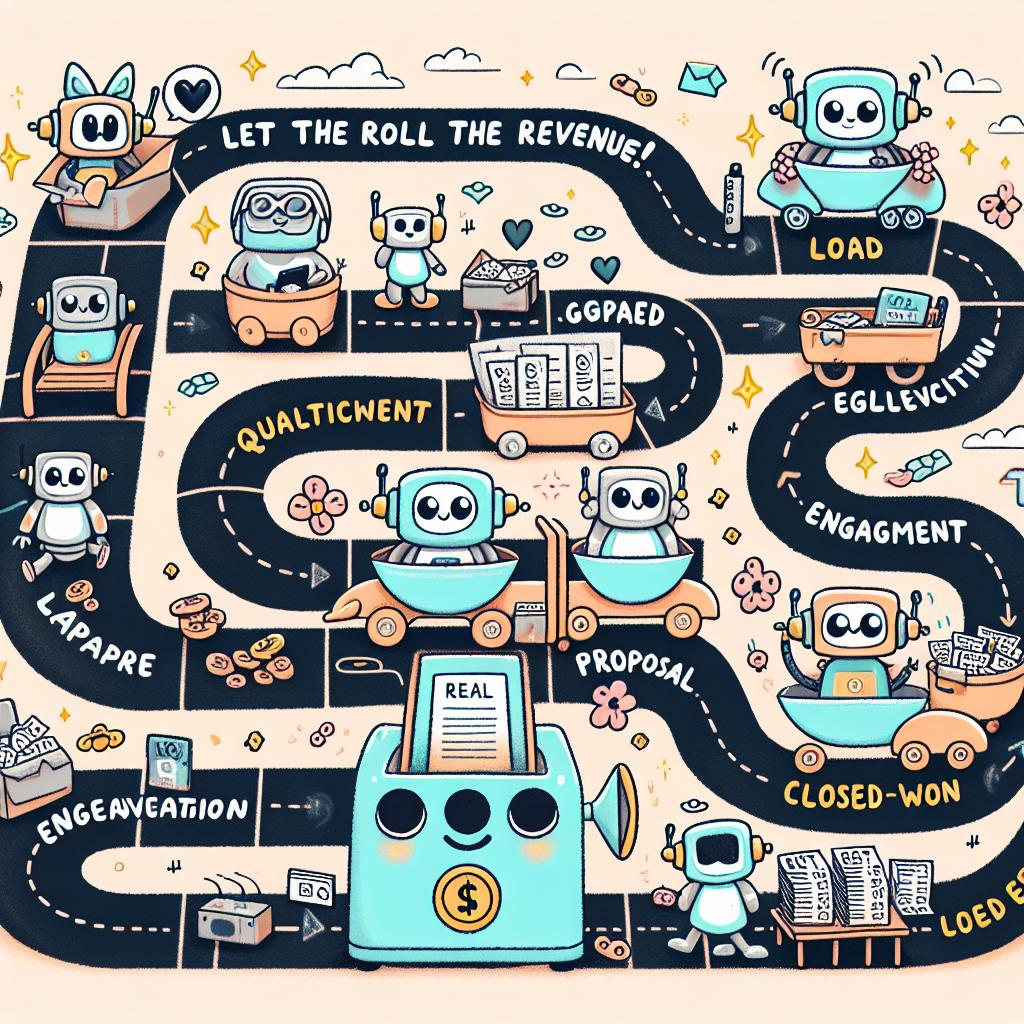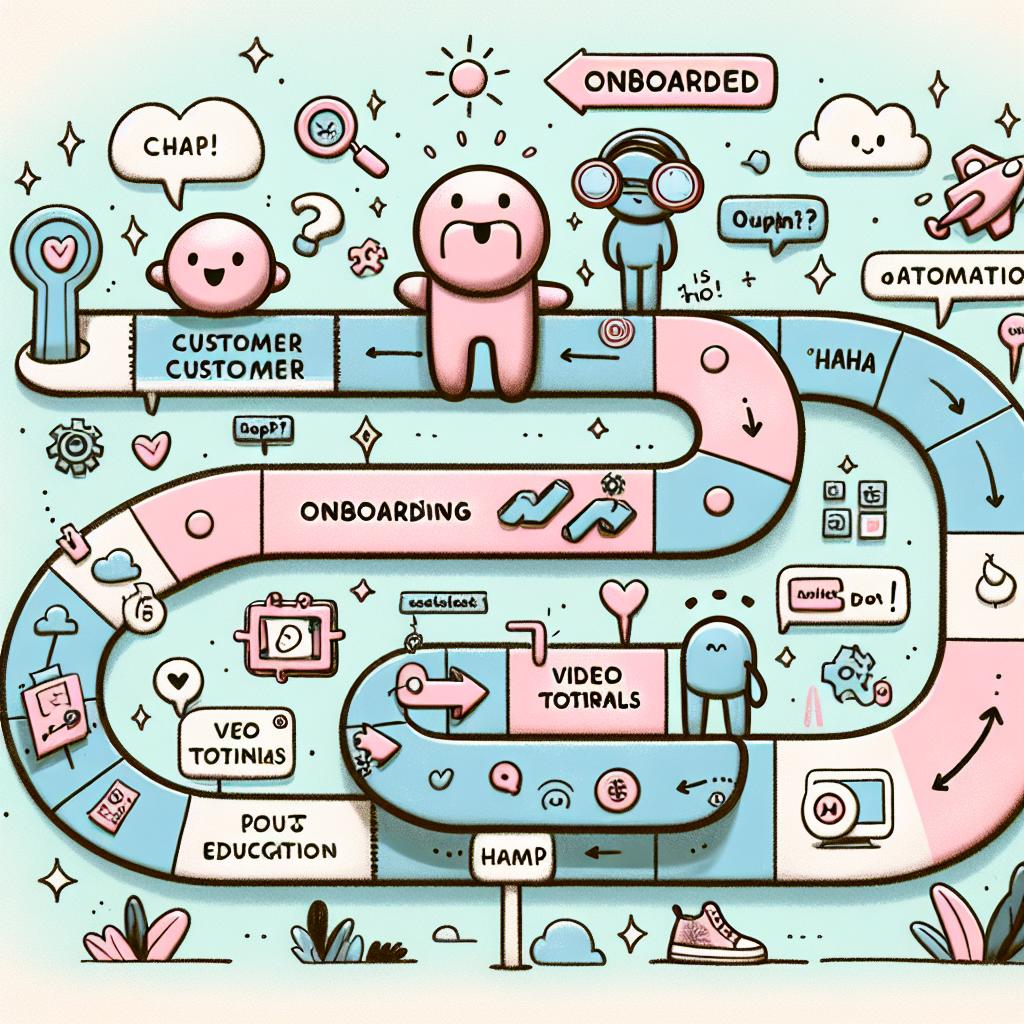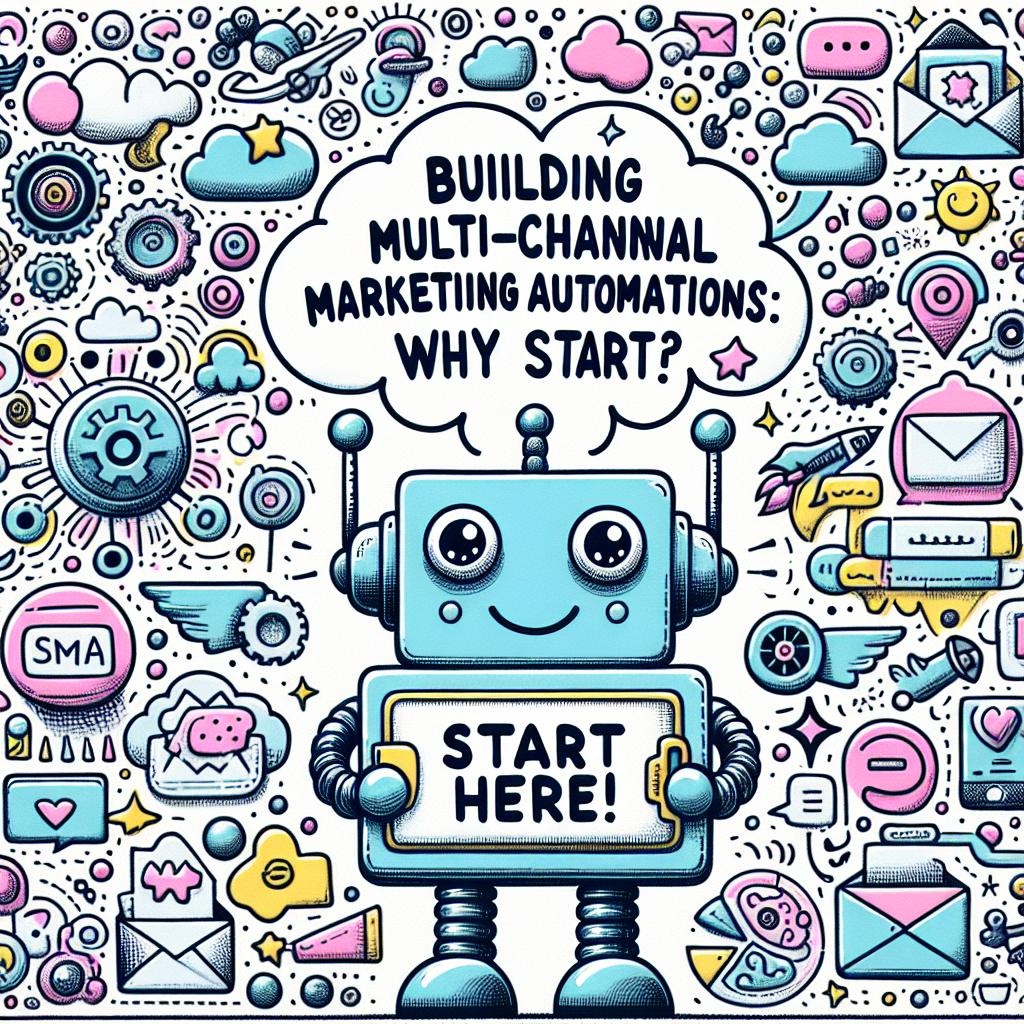TL;DR:
- Sales pipeline automation moves leads faster by automating tasks like emails, reminders, lead scoring, and CRM updates.
- Teams using automation close deals up to 30% faster (Salesforce report).
- Key components: lead capture, lead scoring, email workflows, task triggers, data reports.
- Automation tools like HubSpot, Salesforce, and Zoho sync systems via open APIs/Zapier.
- Real-time data identifies stuck leads, ideal outreach timing, and pipeline leaks.
- Essential metrics: lead response time, sales cycle length, stage conversion rates, lead source win rates, email open/reply rates.
- ROI shown by shorter deal cycles, higher win rates, and lower cost per lead.
- Start small: automate one slow step, track results, and scale gradually.
Speed Up Your Sales Pipeline with Smart Automation
Struggling to move deals through your sales pipeline faster? You’re not alone. Many small business owners feel buried under slow tasks, repeated steps, and scattered systems. But there’s a better way. I help leaders like you cut out manual work using smart, simple automation tools. In this post, I’ll show you how to use automation to speed up pipeline movement—without coding, stress, or wasted time. Let’s fix what's slowing you down.
What Is Sales Pipeline Automation and Why It Matters
Sales pipeline automation helps you move leads through your sales steps with ease. It handles tasks like emails, reminders, lead scoring, and CRM updates. This lets your team focus on selling, not admin work.
With automation in place, you waste less time and close more deals. A report from Salesforce shows teams using automation close deals up to 30% faster. I’ve seen teams cut follow-up time from days to minutes—and win more as a result.
Here’s how it works: a lead fills out a form, gets sorted by score, receives an email, and gets routed to a rep. Each step triggers the next. You don’t need to manage it all by hand.
Break Down the Key Parts of Automation
Five parts drive pipeline automation:
-
Lead Capture
Tools grab info from forms, ads, or chats and add it to your CRM. -
Lead Scoring
Automation ranks leads using clicks, email opens, or time on page. -
Email Workflows
Pre-set messages send based on lead actions, keeping your brand close at hand. -
Task Triggers
When a lead hits a key action, your CRM creates tasks so your team stays on point. -
Data Reports
Good tools show which actions work and where leads drop out.
These parts work together to help you act fast and focus only on warm leads. For example, if a lead opens three emails and books a demo, the rep gets alerted to call that same day.
Make Data and Systems Work Together
Automation only works if your tools talk to each other. Your CRM, email system, task manager, and lead forms must stay in sync.
Tools like HubSpot, Salesforce, or Zoho connect to apps through open APIs or tools like Zapier. That means new leads, task progress, and deal stages stay updated everywhere.
Let’s say a buyer watches a demo video. Your system logs that and bumps the deal stage forward. A task pops up for a follow-up call. You don’t miss the moment, and more deals close.
Track these core links: form fills, task updates, email opens, and changes to deal stage. These show you where leads move or stall—and where to fix leaks fast.
Let Real-Time Data Lead the Way
Sales isn’t guesswork when you use real numbers. Real-time data tells you who to reach out to, what’s stuck, and which steps get you wins.
Here are five key metrics to watch:
- Lead Response Time – Speed matters. Reply fast or lose the lead.
- Sales Cycle Length – Long cycles mean deals slow down or lose steam.
- Conversion Rate by Stage – Know where leads drop and fix that stage first.
- Lead Source Win Rate – Focus on the channels that deliver.
- Email Open and Reply Rates – Your message only works if the buyer sees and answers it.
Tools update these stats as actions happen. That gives you time to adjust before deals die.
At one tech firm I worked with, just knowing lead response times helped cut deal close time by 10 days. The data made the fix clear.
Measure ROI and Start the Right Way
To see if your tools work, track return on investment (ROI). Use metrics like:
- Shorter deal cycles
- Higher average deal values
- Faster first contact with leads
- Improved win rates
- Better cost per lead
For example, if your deals closed in 40 days before and now close in 25, that’s ROI. If your cost per lead dropped and your win rate rose, you’re on the right path.
Start with small moves. Pick one slow step in your pipeline. Add a tool to fix it. Once that flows well, move to the next. Don’t automate everything at once.
Always train your reps, keep your CRM clean, and track what works.
Final Thoughts
Sales pipeline automation works when tools, data, and systems talk to each other. You saw how fast, clean workflows improve sales speed and clarity. We went over key tools, smart CRM links, data wins, and what to track. Use real numbers to guide each step and check if your efforts pay off. Start small, plan well, and fix fast when things break. If you do it right, you’ll save time, grow faster, and stay on track.
Ready to streamline your sales process and boost conversions through smart, simple automation? Let AMP Titans help you transform your sales pipeline into a fast, efficient revenue engine. Take the first step to saving time and closing more deals—connect with us today through our Business Link to get started.





